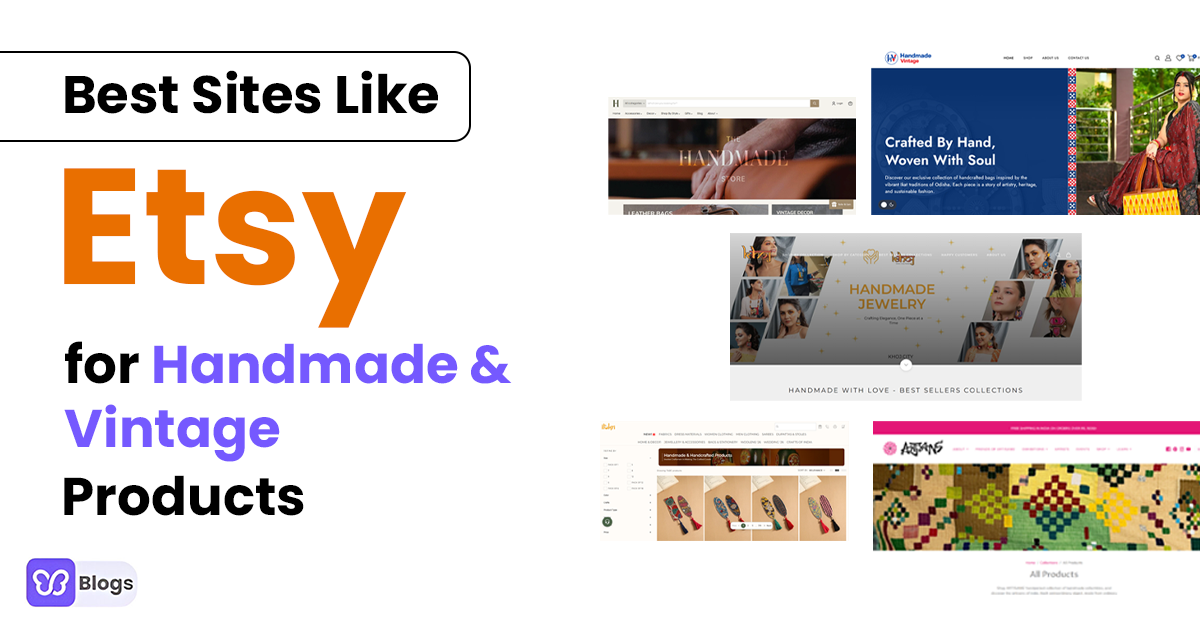Are you tired of chasing after cold leads, only to see them slip through your fingers like sand on a windy day? Well, get ready to lasso those leads and turn them into loyal customers, because "From Cold to Sold: Proven Lead Nurturing Strategies for Sales Success" is here to save the day!
Picture this: You're standing in the Wild West of sales, armed with your trusty lasso and a burning desire to conquer the untamed frontier of lead generation. But instead of riding off into the sunset empty-handed, you'll learn the art of lead nurturing – the secret sauce that will transform your sales game from mediocre to magnificent.
In this thrilling guide, we'll take you on a journey through dusty trails and treacherous canyons, teaching you the proven strategies that will make your leads holler, "Yeehaw!" We'll show you how to corral those elusive prospects and lead them down the path to purchase with finesse and flair.
No more shooting in the dark or wasting precious bullets on uninterested leads. We'll arm you with the sharpest aim and the keenest eye, helping you identify and segment your leads like a seasoned bounty hunter. You'll know exactly who's worth pursuing and who's just a tumbleweed blowing in the wind.
But that's not all, partner! We'll teach you the art of crafting irresistible content that will have your leads begging for more. From captivating stories to jaw-dropping offers, you'll have them eating out of the palm of your hand faster than a cowboy at a chili cook-off.
And just when you think you've seen it all, we'll saddle up and ride into the realm of multi-channel communication. We'll show you how to rope in your leads through email marketing, social media, and other channels, ensuring you're always one step ahead of the competition.
But hold on tight, because things are about to get even wilder! We'll reveal the secret to lead scoring and qualification – the magic that will separate the tire-kickers from the gold nuggets. You'll become a lead whisperer, knowing exactly when to strike and when to bide your time.
But wait, there's more! We'll guide you through the treacherous territory of trust-building and relationship-building, teaching you the tricks that will have your leads singing your praises from the rooftops. You'll be the trusted ally they turn to when they're ready to make that all-important purchase.
And when the dust settles and it's time to close the deal, we won't leave you hanging. We'll equip you with battle-tested techniques to convert those nurtured leads into paying customers faster than a cactus blooms in the desert.
So grab your hat, strap on your boots, and get ready for the ride of a lifetime. "From Cold to Sold" is your ticket to sales success in the Wild West of lead nurturing. It's time to wrangle those leads, lasso them with your charm, and ride off into the sunset with a wagon full of loyal customers. Saddle up, partner – the adventure begins now!








